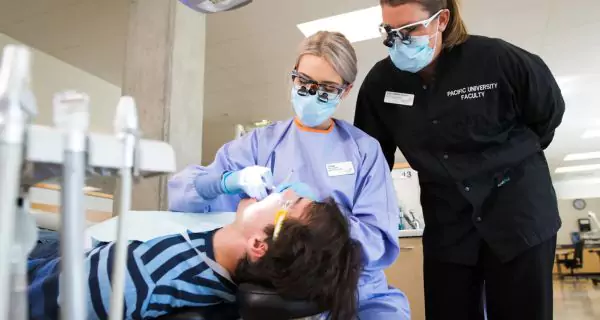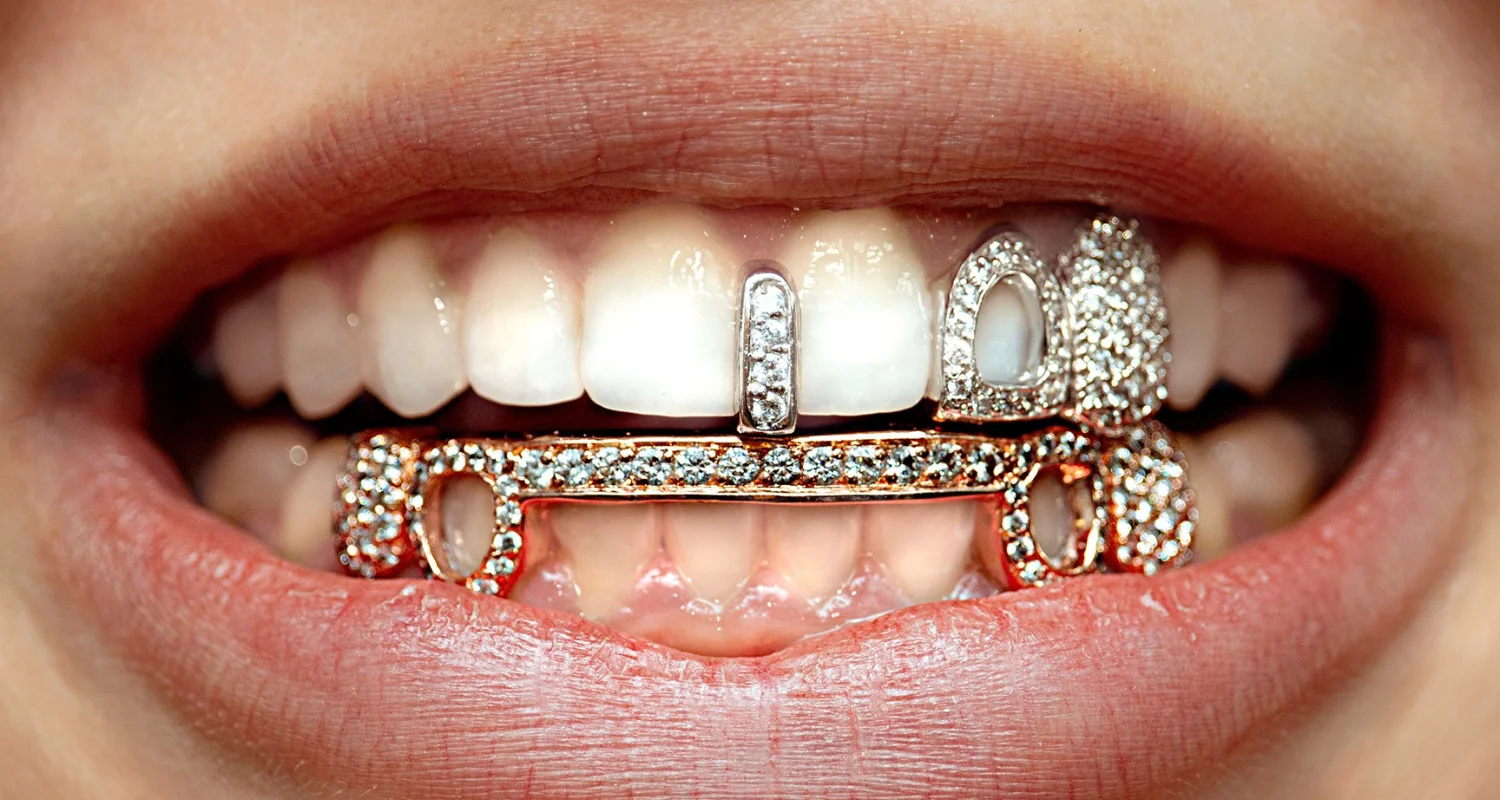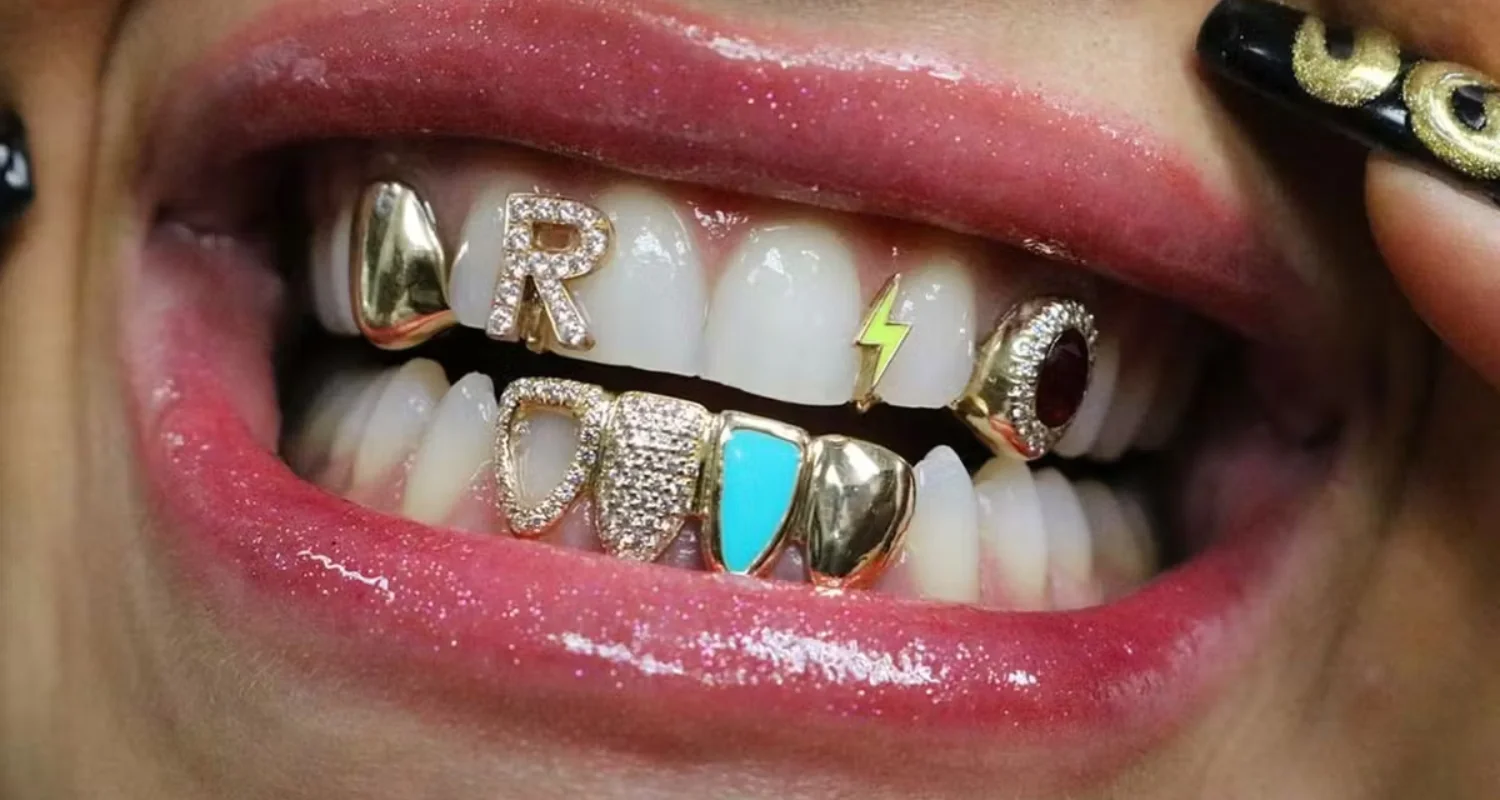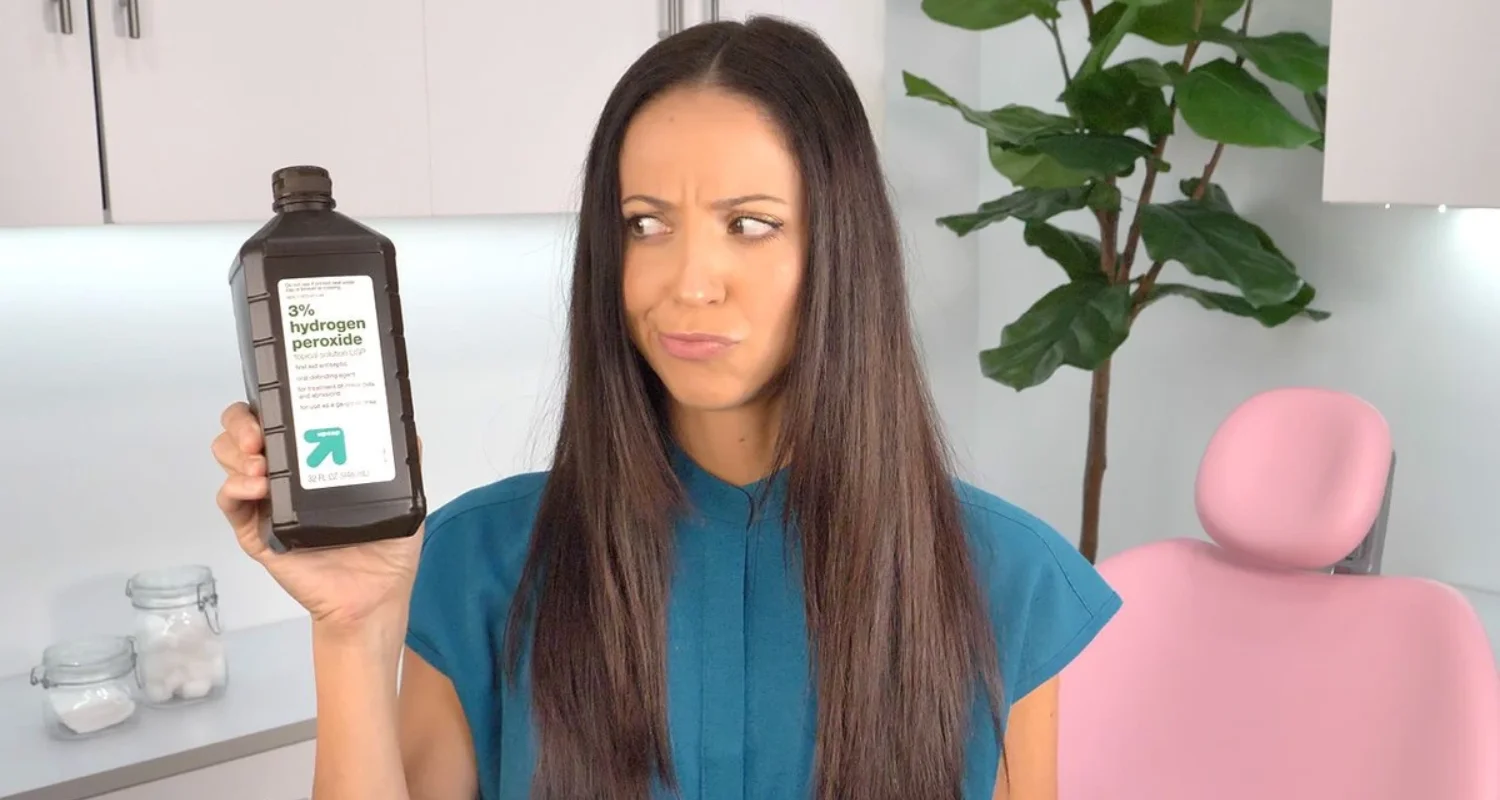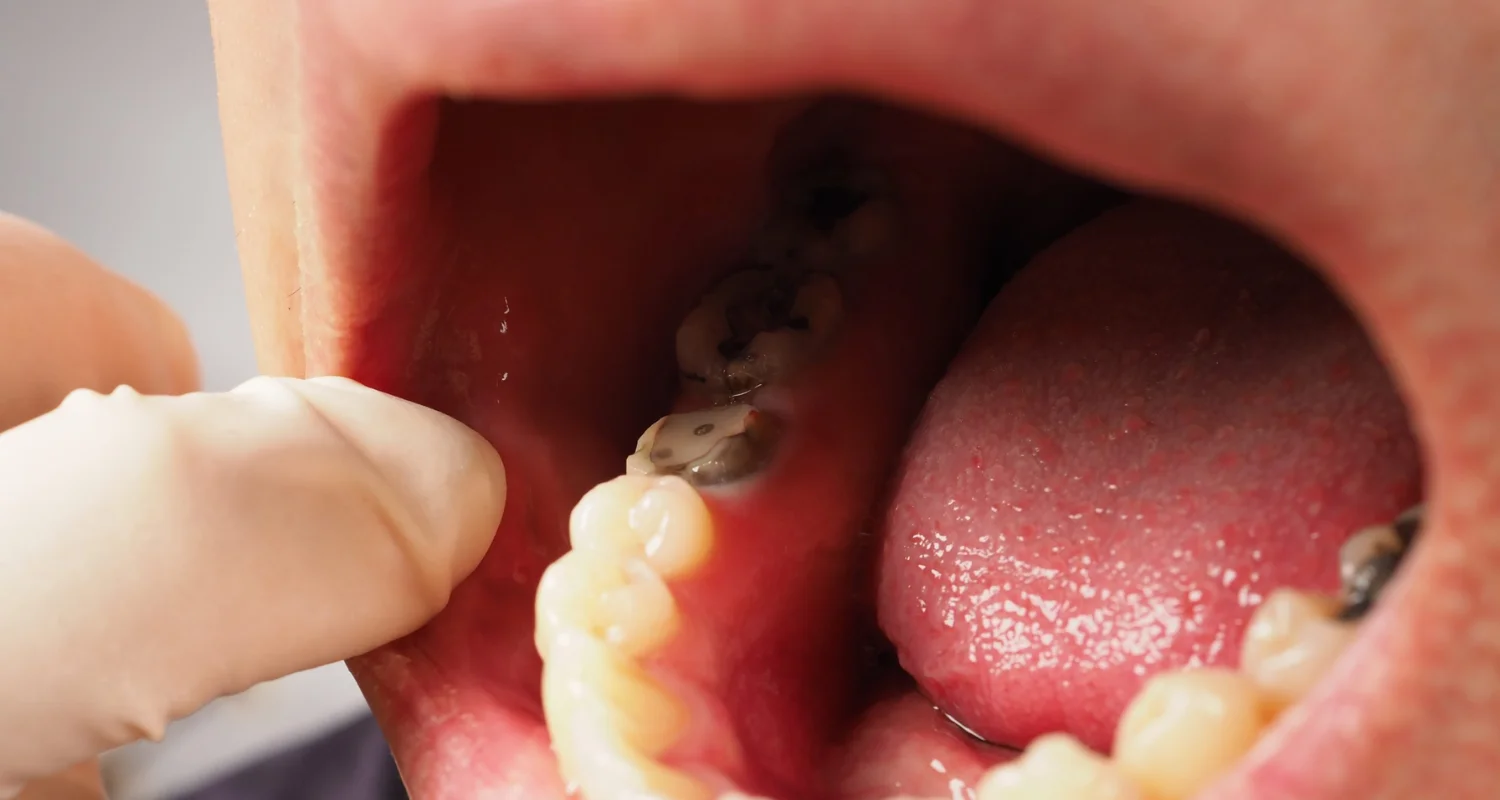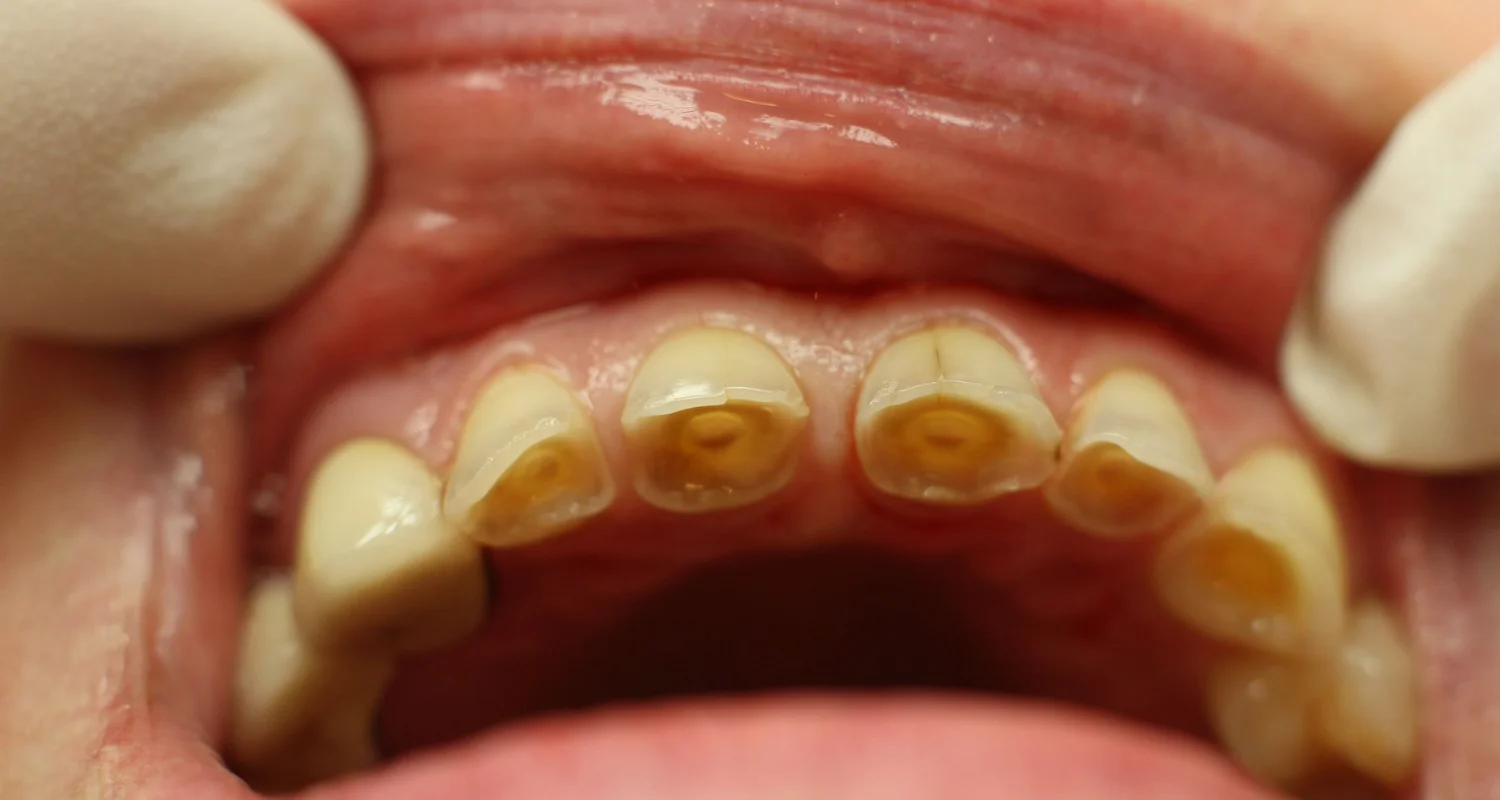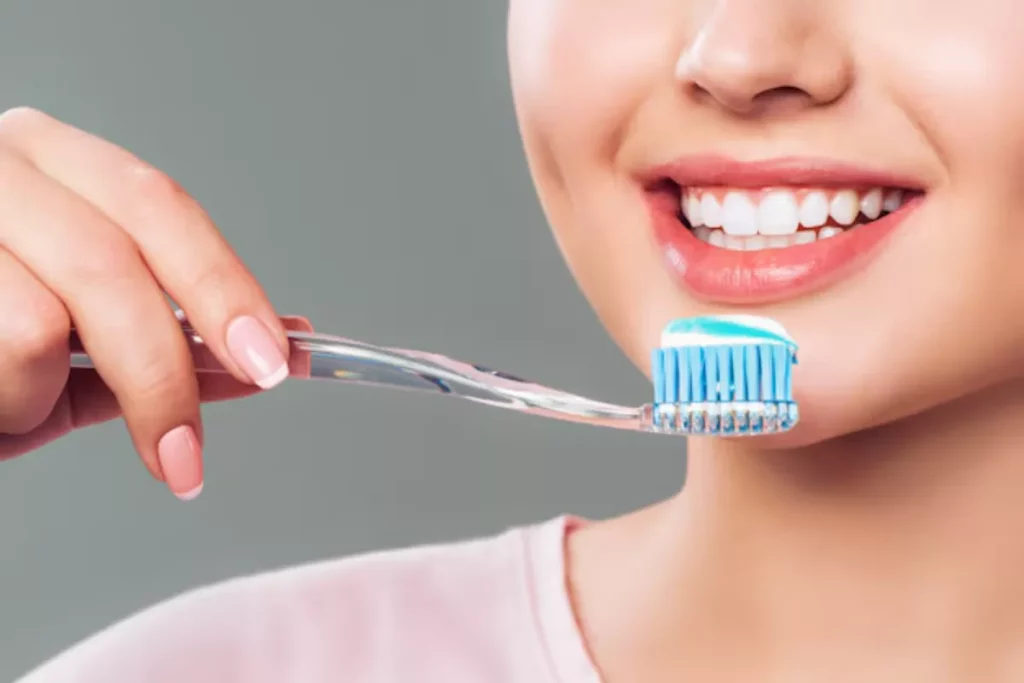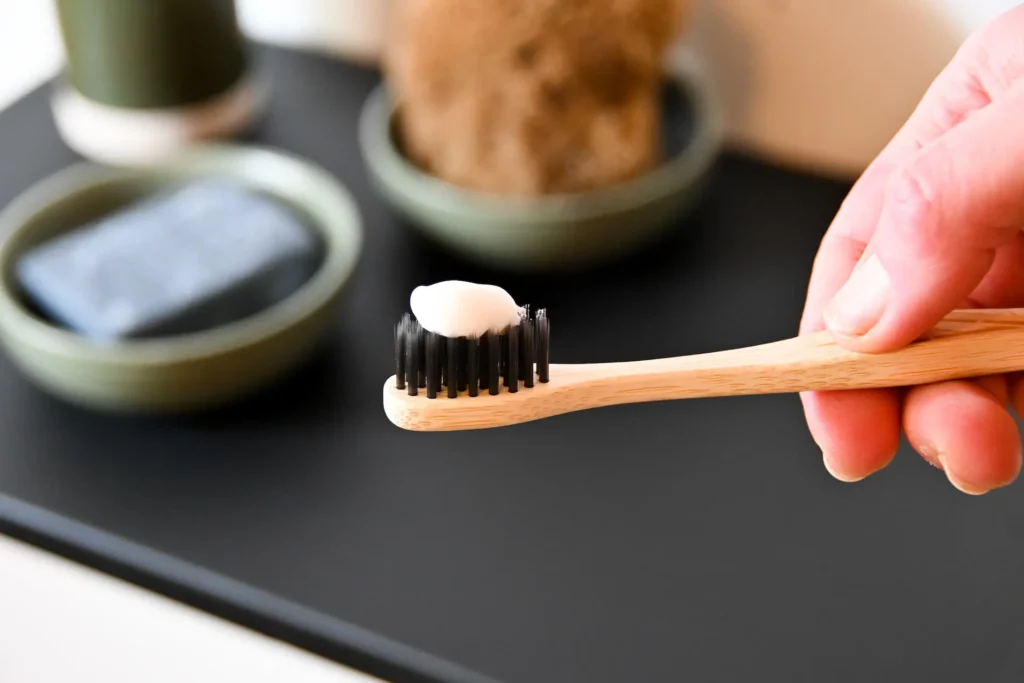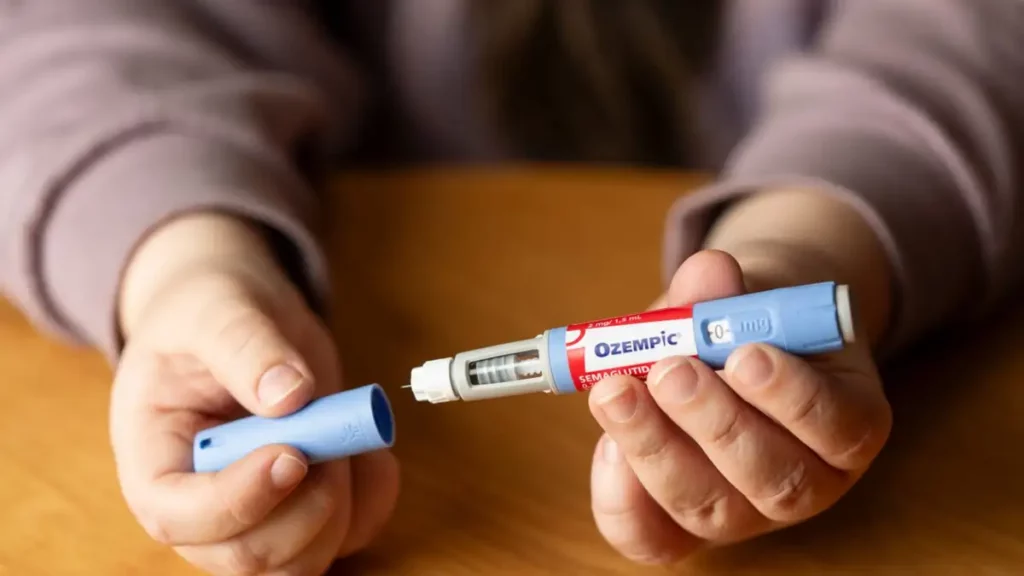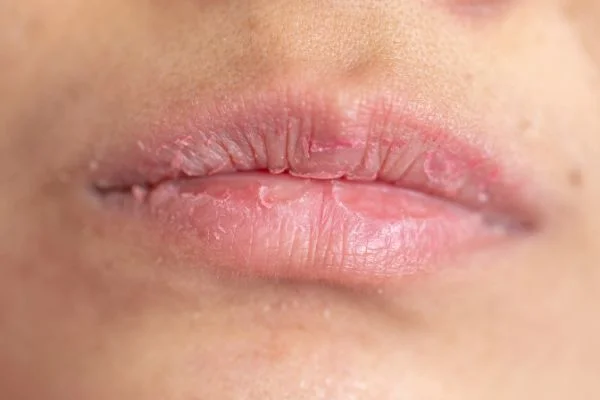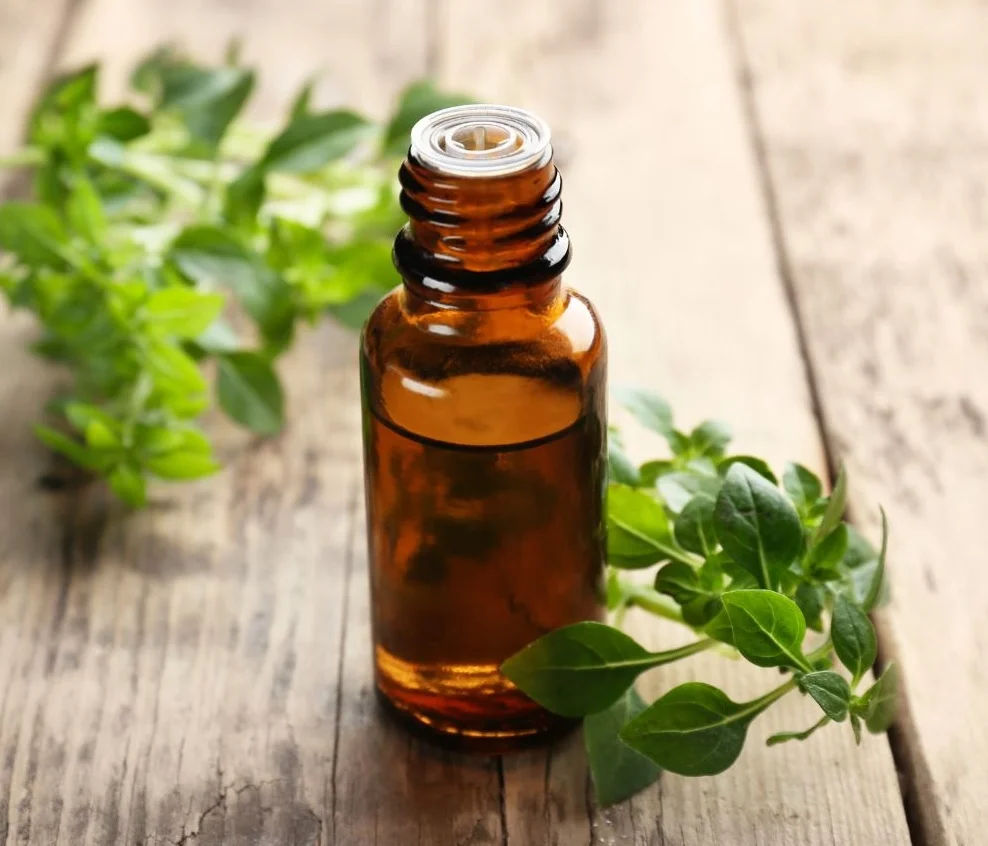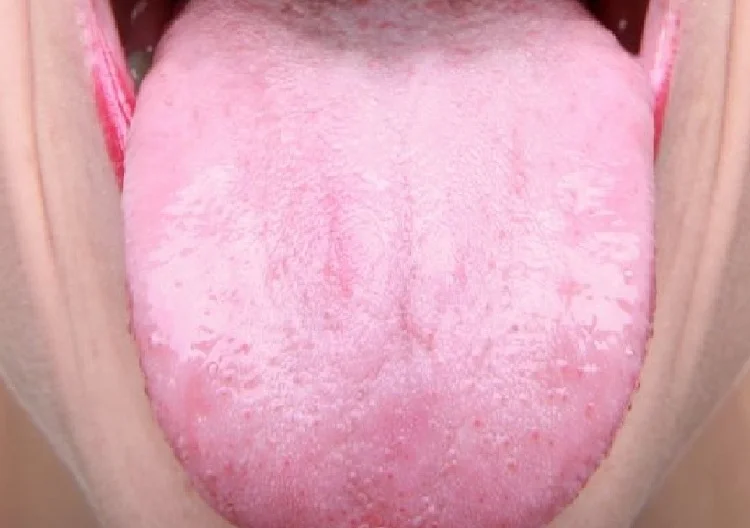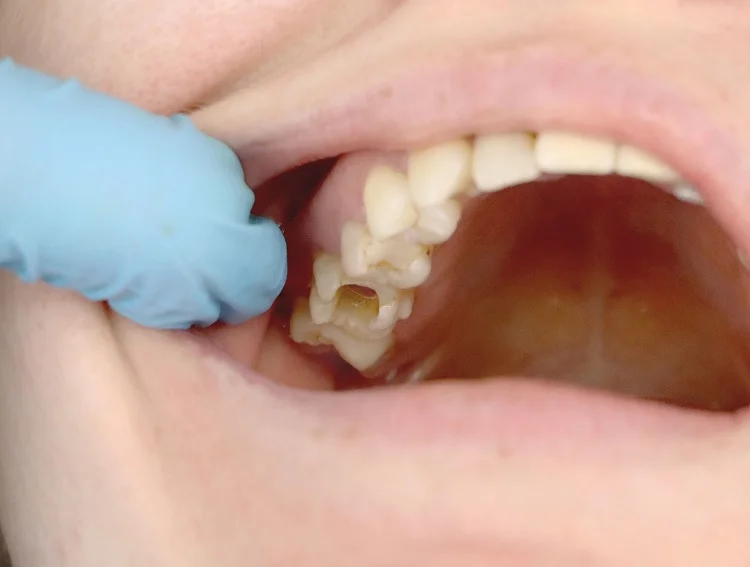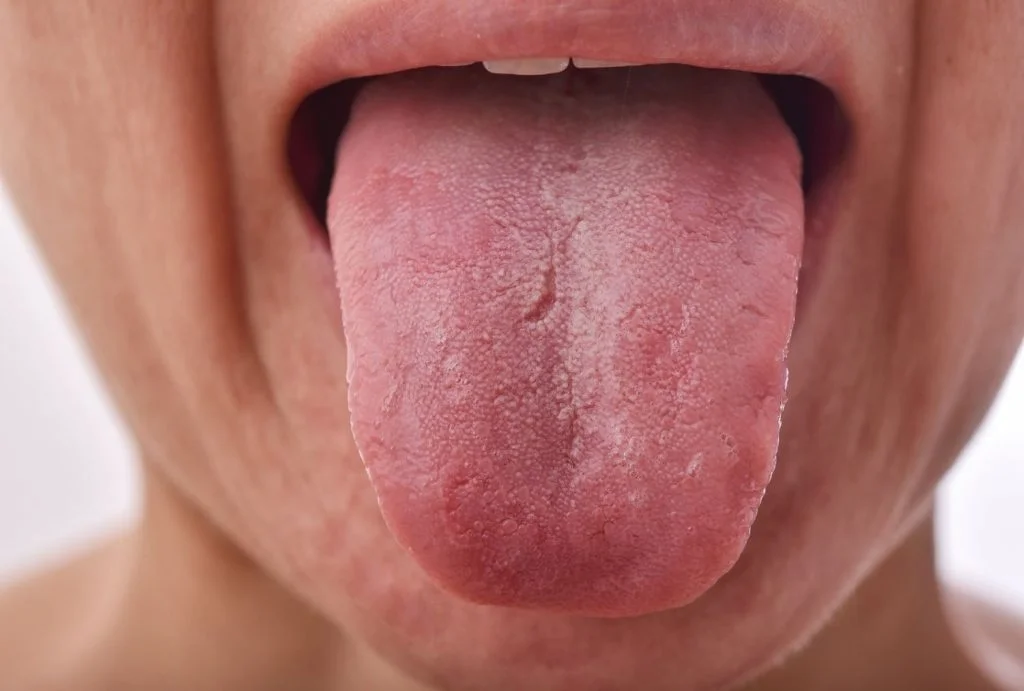Last Updated on: 19th September 2025, 12:35 pm
In today’s digital age, social media platforms like TikTok, Instagram, and YouTube have become powerful spaces for sharing trends, from beauty hacks to workout routines. While some of these trends may seem harmless or even innovative, others pose serious health risks. Among the many fads circulating online, harmful dental trends have gained popularity, often promising quick fixes for whiter teeth, straighter smiles, or even at-home dental care. Unfortunately, many of these trends are not backed by science and can have long-term consequences for oral and overall health.
From using household products like hydrogen peroxide or baking soda as at-home teeth whiteners to filing teeth with nail files for a straighter appearance, certain trends may provide short-term aesthetic results but can severely damage tooth enamel, cause gum irritation, and even lead to permanent tooth loss. Furthermore, influencers who promote these practices rarely reveal the potential risks or irreversible damage they can cause.
It is crucial to understand that teeth are more than just cosmetic features; they play a vital role in chewing, speech, and overall health. Incorrect dental practices can upset the delicate balance of oral health, leaving people vulnerable to cavities, gum disease, and even systemic infections.
This article aims to shed light on some of the most common harmful dental trends, why they should be avoided, and how professional dental care remains the safest way to maintain a healthy and beautiful smile. Let us explore why it is essential to think twice before following these viral fads.
Why are People Following Harmful Dental Trends?
Social media influence
Social media is a place full of information, becoming a constant source of tips and tricks for almost every aspect of our lives, including dental health. Platforms like TikTok, Instagram, and YouTube have been key in popularizing dangerous dental trends, driven mainly by influencers who seek to capture the attention of their followers with eye-catching and seemingly innovative content.
Currently, the social pressure to look better and better with perfect teeth and for the results of this perfection to be immediate drives many people, mostly young, to perform practices without considering their consequences. When there is not enough information regarding dental health, these trends nonetheless gain acceptance, forgetting that the damage they can cause to tooth enamel is irreversible along with extreme sensitivity and gum problems.
Accessibility
Today’s harmful dental trends are highly accessible since they are marketed as convenient alternatives to professional dental treatments. DIY kits, home whitening products, cheap tools, dental files, and orthodontic kits are widely available on the Internet, often promising results that are very similar to those obtained with professional care at a fraction of the cost.
These products appeal to those who want to save money or do not want to go to a dentist appointment. But they lack the experience, education, and safety measures that a dental professional would carry out in their office.
Did you know? Enamel, the outermost layer of your teeth, does not regenerate once damaged, making irreversible harm from DIY dental trends a serious risk. Also, its damage can affect the dentin.
Aesthetic goals
Most people today desire ultra-white teeth and perfectly aligned smiles, creating unrealistic prospects of beauty. A large percentage turn to do-it-yourself techniques as a quick and seemingly effective way to achieve these aesthetic goals without the cost or time commitment of professional dental treatments.
From whitening teeth with abrasive substances to reshaping them with nail files, these trends promise instant results that fit society’s beauty ideals. Unfortunately, in pursuit of these goals, people often overlook the potential long-term damage to their oral health, such as enamel erosion, gum irritation, and even tooth loss.
Remember that the best way to have better oral health is with daily routine of cleaning. Brushing, flossing and using mouthwash is very helpful.
Check out here for the right products to improve your oral health.
Lack of awareness
A major reason why people follow harmful dental trends is a lack of understanding about their long-term consequences. Many people are unaware of the damage these practices can inflict on their teeth and gums. Over time they can lead to enamel erosion, gum recession, or bite misalignment. Without professional guidance, people don’t realize that these short-term “fixes” can lead to costly and irreversible damage to their oral health.
7 Harmful Dental Trends to Avoid
1. Using grillz and tooth gems
Why popular:
● Celebrities and influencers often promote the use of grillz and dental gems, presenting them as fashion and self-expression accessories.
● They appear in music videos and social media, making them appealing to young audiences.
Why harmful:
● Grillz: These metal accessories can trap food and bacteria, increasing the risk of cavities and gum disease. If not fitted properly, they can also irritate oral tissues.
● Dental gems: Gem placement requires adhesives that damage tooth enamel, leaving weak spots susceptible to demineralization and decay.
2. DIY orthodontics
Why popular:
● Social media tutorials promise quick, inexpensive solutions to straighten teeth at home, avoiding the high costs of professional orthodontic treatments.
● They claim that materials like rubber bands, paper clips, or dental floss are enough to align teeth.
Why harmful:
● Uneven movement: At-home methods don’t take into account tooth structure or root condition, which can lead to severe misalignment and complications.
● Permanent damage: These practices can damage gums, wear down enamel, and in severe cases, cause damage to tooth nerves, roots, or even tooth loss.
● Lack of supervision: Without the guidance of an orthodontist, it’s impossible to foresee or correct problems that arise during the process.
3. DIY teeth whitening
Why popular:
● On social media, influencers and tutorials promote “natural” at-home methods for whitening teeth, using ingredients like baking soda, hydrogen peroxide, or lemon juice.
● These methods are appealing because they’re inexpensive, easy to do at home, and promise quick results without having to go to the dentist.
Why bad:
● Erosion of enamel: Abrasive substances like baking soda or lemon juice, if not used carefully, can wear away the protective coating on teeth, weakening them and leaving them more prone to sensitivity and cavities.
● Damage to gums: Excessive use of at-home whitening kits or hydrogen peroxide can irritate or damage gums, causing inflammation or chemical burns.
● Uneven results: Without professional supervision, it’s common to get uneven results, with some areas whiter than others, which can affect appearance.
4. Intentional tooth gaps
Why popular:
● Gaps between teeth (diastemas) have gained popularity on social media and among celebrities as a unique and “natural” aesthetic feature.
● Some people consider these gaps to add personality and seek to replicate them through at-home or unprofessional procedures.
Why damaging:
● Compromising tooth structure: Creating intentional gaps by filing or forcibly separating teeth can weaken enamel and affect the stability of teeth. This can lead to functional problems such as misalignment or tooth loss in the long term.
● Increased risk of cavities and gum disease: These open spaces become ideal spots for food debris and bacteria to accumulate, increasing the risk of cavities and problems such as gingivitis.
● Irreversible damage: Once enamel is worn away or teeth move incorrectly, complications may require expensive orthodontic or dental restoration treatments.
5. Using rubber bands to fix gaps
Why popular:
● It’s touted as a quick and inexpensive solution to closing gaps between teeth without the need for expensive professional treatments.
● Influencers and tutorials on social media have popularized the use of rubber bands as a “DIY” alternative to braces.
Why bad:
● Slippage under the gum line: Rubber bands are not designed for dental use and can move toward the root of the teeth, damaging supporting tissues and gums.
● Risk of tooth loss: By applying uncontrolled pressure, bands can cause tooth mobility and, in severe cases, permanent loss of one or more teeth.
● Pain and infection: They can cause inflammation, severe infections and even compromise the bone that supports the teeth, which could require surgical intervention or extensive treatments to repair.
● Irreversible damage: Unlike orthodontic treatments performed by professionals, these at-home practices can cause permanent structural damage to your teeth.
6. Home teeth filing
Why popular:
● Influencers on platforms like TikTok and YouTube show how filing your teeth can make them look more even or correct cosmetic imperfections quickly and cheaply.
● It’s perceived as an “at-home” solution to improving your smile without the need for professional treatments.
Why harmful:
● Permanent enamel loss: Filing removes tooth enamel, which is the natural protective layer of your teeth. Once removed, it can’t regenerate, leaving your teeth vulnerable to cavities, extreme sensitivity, and fractures.
● Bite problems and jaw pain: Unprofessional filing can alter the natural shape of your teeth, misalign your bite, and lead to temporomandibular joint (TMJ) dysfunction, causing discomfort when eating or speaking.
● Cosmetic and functional damage: By removing too much enamel or doing so unevenly, teeth can become more brittle and prone to chipping or breaking, compromising both aesthetics and dental function.
7. Other harmful trends to watch out for
Tik Tok “Veneers Challenges”
Why popular:
● The popularity of these temporary veneers grew due to their low cost and viral TikTok videos promoting them as a quick way to get a perfect smile.
Why harmful:
● Low-cost veneers or those placed without professional supervision often don’t fit properly, which can put uneven pressure on natural teeth. This can cause enamel wear, bacteria buildup, and long-term damage. Additionally, the low-quality material can fracture, causing gum irritation and functional issues.
Charcoal toothpaste
Why popular:
● It’s promoted as a natural method of whitening teeth, “safely” removing surface stains.
Why harmful:
● Activated charcoal is highly abrasive, and with frequent, unsupervised use, it can erode tooth enamel, weakening the protective layer on teeth. Not only does this increase the risk of cavities and tooth sensitivity, but it can also lead to a yellowish appearance as the underlying dentin is exposed. Additionally, many charcoal toothpastes lack fluoride, an essential component for preventing cavities.
Why You Should Avoid Dental Trends?
Long-term damage
One of the main long-term damages that can occur is the wear and tear on tooth enamel, since it is a tissue that does not regenerate after loss. Misaligned teeth and damage to the gums represent a high cost for their repair; if the damage is serious, teeth can be lost.
Risk of infections and pain
When techniques such as those mentioned above are poorly managed, they can cause bacterial infections, abscesses, and chronic discomfort. When these complications occur, you have to be careful, since they not only affect the mouth, but can also cause serious systemic problems.
Costly repairs
Although these trends are promoted as cost-effective alternatives, the damage they cause often requires expensive restorative treatments, such as professional veneers, crowns, implants, or even surgery.
Lack of professional oversight
Dental treatments should be customized and performed by trained professionals. Lack of knowledge and supervision can lead to serious complications.
If you’ve tried damaging dental trends, see a dentist to assess the damage and receive appropriate treatments. This may include restorations, deep cleanings, or in severe cases, orthodontics or surgery.
Here you can make an online consultation.
To avoid future problems, visit your dentist regularly, use professionally approved products for whitening or corrections, and prioritize a daily routine with fluoride toothpaste and dental floss. Avoid following unverified dental advice on social media and always rely on experts to take care of your smile.
Frequently Asked Questions
What are the new dental trends?
Social media has popularized harmful dental trends such as DIY teeth whitening with abrasive materials, home orthodontics using rubber bands, and filing teeth for cosmetic purposes. These practices may appear innovative but often cause irreversible damage to enamel and gums.
What is the biggest problem facing dentistry today?
The rise of misinformation on social media is a significant challenge. Many individuals follow unverified advice or try DIY dental treatments, leading to complications that require costly professional intervention to fix.
Why are DIY dental treatments harmful?
DIY treatments often lack scientific backing and professional supervision. They can damage enamel, cause gum irritation, and lead to long-term dental issues like sensitivity, misalignment, or tooth loss.
How can you avoid harmful dental trends?
Stick to professional dental care, visit your dentist regularly, and avoid following unverified advice from influencers. Use ADA-approved products and maintain a daily oral hygiene routine with fluoride toothpaste and floss.
What should you do if you’ve followed harmful dental trends?
Seek immediate help from a dentist who can assess the damage and recommend treatments like restorations, cleanings, or orthodontic corrections. Regular checkups can prevent further complications and ensure optimal oral health.
Share
References
1. Baum, A. (2024a, julio 17). Can you file your own teeth? American Association Of Orthodontists. https://aaoinfo.org/whats-trending/why-filing-teeth-yourself-is-a-bad-idea/#:~:text=Enamel%20Damage%20and%20Tooth%20Sensitivity,the%20risk%20of%20tooth%20decay
2. Baum, A. (2024b, septiembre 23). The Risks of DIY Braces: An Orthodontic Case Study. American Association Of Orthodontists. https://aaoinfo.org/whats-trending/diy-orthodontic-treatment-a-case-study/
3. Clinic, C. (2024, 16 October). Are Teeth Whiteners Safe and Worth Trying? Cleveland Clinic. https://health.clevelandclinic.org/is-teeth-whitening-safe
4. Grills. (s. f.). MouthHealthy – Oral Health Information From The ADA. https://www.mouthhealthy.org/all-topics-a-z/grills
5. O’Dowd, A. (2020). DIY orthodontics – safe, cheaper option or dangerous gamble? BDJ, 228(5), 321-324. https://doi.org/10.1038/s41415-020-1385-1
6. Oral health: A window to your overall health. (s. f.). Mayo Clinic. https://www.mayoclinic.org/healthy-lifestyle/adult-health/in-depth/dental/art-20047475
-
Dr. Yeidy Carolina Mesa [Medical Reviewer]
DDS Yeidy Carolina Mesa Passionate Dentist | Advocate for Accessible Oral Health Education Graduating from Universidad CES in 2022, I am a dedicated general dentist with a lifelong passion for helping others and making a meaningful impact in the world. My journey into dentistry began at the age of 7, inspired by my own experience with braces and overcoming a fear of the dentist. This personal journey shaped my mission to help patients conquer their own dental anxieties and embrace a healthier,...
View all posts

